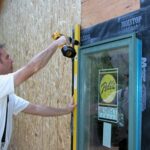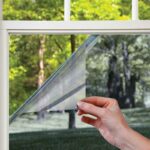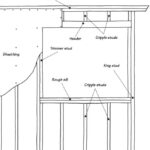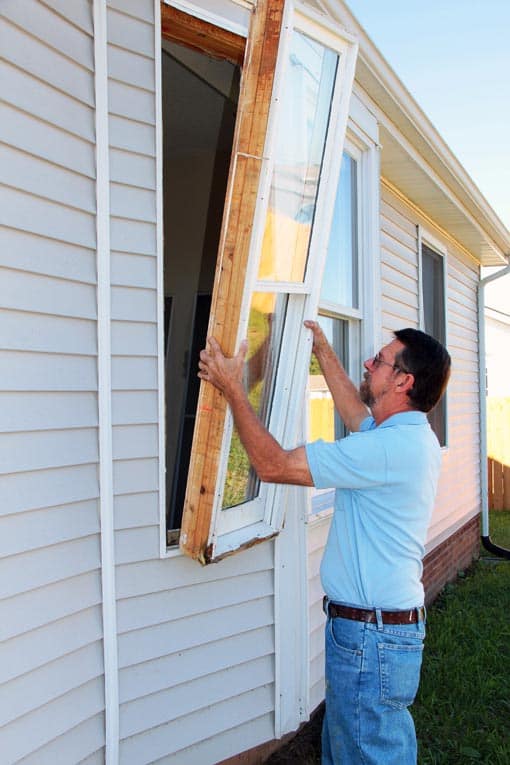Fiberglass Insect Screening Aluminum Insect Screening Solar Screening Specialty Window Screening
Expert, unbiased advice on the best type of insect screening to buy for your home, including solar screening and pet screens Just when the outdoor temperatures grow pleasant enough for us to leave doors and windows open or sit on the porch, squadrons of buzzing bugs bring on their assault.
Fortunately, insect screening has long been an effective countermeasure that allows us to maintain an open-door policy. And, in recent years, screening fabrics have taken on a new complimentary role—solar screening minimizes heat gain and UV fading of carpet, furniture, and floors. Today, aluminum and vinyl-coated fiberglass are by far the most common screening materials used. Of the two, vinyl-coated fiberglass outsells aluminum 3 to 1 because it’s about half the price. This said, historic and regional preferences can play a big role in whether people choose one over the other, and several other factors can affect the best choice. In addition to the information below, Phifer Incorporated, the country’s largest and only remaining domestic screen manufacturer, offers an online screening selection quiz that will help you determine the best type of screen for your needs.
Fiberglass Insect Screening
Fiberglass, the most popular screen fabric material, doesn’t corrode, rust, or stain, but it will stretch and it tears more easily than aluminum. A spokesperson at Phifer explains the process: “We start with raw spun-glass filament and apply a vinyl (PVC) coating, producing remarkably strong single strands that are typically .010 mil for window screening and .013 mil for pool enclosures, patio rooms, and some door screening.” This screening is available in charcoal (black) and silver gray—the most popular.
Fiberglass Screening Mesh & Sizes
In addition to the conventional 18×16 mesh, you can buy 18×14 for pool enclosures, porches, and the like. Fiberglass screening woven with smaller than .010 mil yarns is also popular for those who want ultimate viewing clarity. You can also buy 20×20 mesh, a very tight weave that stops tiny insects such as no-see-ums, but this tighter mesh will slightly reduce light transmission and breezes.
Fiberglass screening is available in the same sizes as aluminum and up to 96 inches wide. Do-it-yourself rolls of screening are available in 30- to 96-inch widths and 7, 25, 50, or 100-foot roll lengths. Price runs from 15 to 25 cents per square foot.
Aluminum Insect Screening
Aluminum screening is a rugged, metal mesh. Though more durable than vinyl, it dents or creases easier. To make aluminum window screening fabric, a 3/8-inch-diameter aluminum rod is drawn through a series of dies, which reduces it to a .010-mil wire. The manufacturer winds this wire on a master beam, loads the beam onto a weaving loom, and produces the screen material using a shuttle-fed “fill” wire to complete the horizontal direction of the mesh construction. Once the screen fabric is woven, it’s given a paint and heat-treated finish to bond the wires at their junction points.
Aluminum Screening Colors
Aluminum screen fabric typically comes in three colors: black, charcoal, and bright aluminum. Black is least noticeable from inside the house (the darker the color, the better the outward visibility in most cases, because darker colors have less light reflectance and glare). Charcoal complements painted window-and-frame systems. Although bright aluminum looks like raw aluminum, it has a mill finish coating that helps maintain the material’s sheen.
Aluminum Screening Mesh & Sizes
Aluminum window screening is made as an 18×16 mesh. This simply means that there are 18 horizontal and 16 vertical “yarns” (or wires) per square inch. It is also available in a tight mesh construction (similar to fiberglass) as an option to protect from tiny insects like black flies and gnats. This type of screening is typically available in do-it-yourself rolls that are 7, 25, or 50 feet long and 24 to 72 inches wide. Longer 100-foot rolls are also available in the most common widths, including 24, 26, 34, 36, 42, 54, 60, and 72 inches. Price runs in the area of 30 to 35 cents per square foot.
Solar Screening
Solar or “sun” screen is used for both window and door screening and patio, porch, and pool enclosures, this tightly woven material can be a dramatic energy saver. A popular option in areas where sun protection is important, solar screening blocks and absorbs heat gain, thereby reducing your air conditioning load, protecting furniture and carpeting from fading, and offering daytime privacy. But, in return, you give up about 30 to 40 percent of light. The newest type offers a whopping 90 percent shading.
During the daytime, solar screening appears almost opaque from the outside but offers good visibility from inside. Six colors are available: black, brown, dark bronze, gray, stucco and beige. Black and stucco are the most commonly used. Exterior solar screen, made by weaving extruded vinyl coated polyester yarns, is available in up to 9 colors and popular for exterior screens, drop down patio shades and awnings. Interior solar screening products (used inside your home) are the most popular trend in solar screening. SheerWeave® is a Phifer brand of fabrics used for interior solar roller shades to protect from solar heat gain and reduce glare. These interior solar shades can be adjusted during the day depending on when you do or don’t want sunlight. They are available with various degrees of screening and visibility (including total black out) and designer color options. Pricing for a complete roller shade made with interior sun control screening starts at approximately $200 per window.
Specialty Window Screening
Several types of screening are made for specialty purposes. Here is a look at the main ones:
Bronze, Copper, Brass & Stainless-Steel Screening
You can also get screening made from bronze wire that is composed of 90 percent copper and 10 percent zinc, but this option is much more expensive than aluminum. At an even higher premium, you can buy copper, brass, or stainless steel. All of these except brass are typically made using a .010 wire size in an 14×16 or 16×16 mesh. Brass is made with heavier wire: usually .018 wire in a 16×16 mesh.
Bronze screening is the least expensive, at about $1 per square foot; copper and stainless are closer to $1.20. Brass is about $2.15 per square foot. When ordering specialty metals, expect a minimum order of about $100. When new, bronze has a golden shine. Copper, bronze, and brass will eventually take on a verdigris patina; stainless steel, the strongest, stays a shiny silver. Copper, bronze, and brass should not be installed in aluminum screen-door frames because corrosion will occur where the two metals touch.
Pet-Resistant Screening Fabric
If you have pets that constantly shred your screens, look into pet screening or tough screen fabric made from heavy-duty, vinyl-coated polyester.
This material from Phifer is heavier than normal screening and is three to seven times stronger. It’s sold as a do-it-yourself product in black and gray.
FlexScreen from Elgar Products, Inc., is a flexible, nylon-reinforced material that will stretch without sagging. It’s sold specifically for do-it-yourself patio door screen replacement and retails for $20 to $24 for the kit.
Retractable Screens
Pella Rolscreen offers a retractable insect screen, made specifically to fit Pella’s Designer Series and Architect Series rectangular casement windows. This spring-loaded shade retracts into the head of the window. It simply slides down between side-mounted guides and locks at the bottom when you want a screen. The screening is vinyl-coated fiberglass; the hardware is either white or champagne colored.
Phantom Screens offers retractable screens for both windows and doors. The entire screen rolls back into a tubular casing at one side of the door when not in use. When open, the screen is held in place by magnetic catches. Six colors are available. Including installation, prices run from $285 for a single door to $595 for double doors (windows are custom priced). Several types of mesh are available, from insect to solar-blocking.



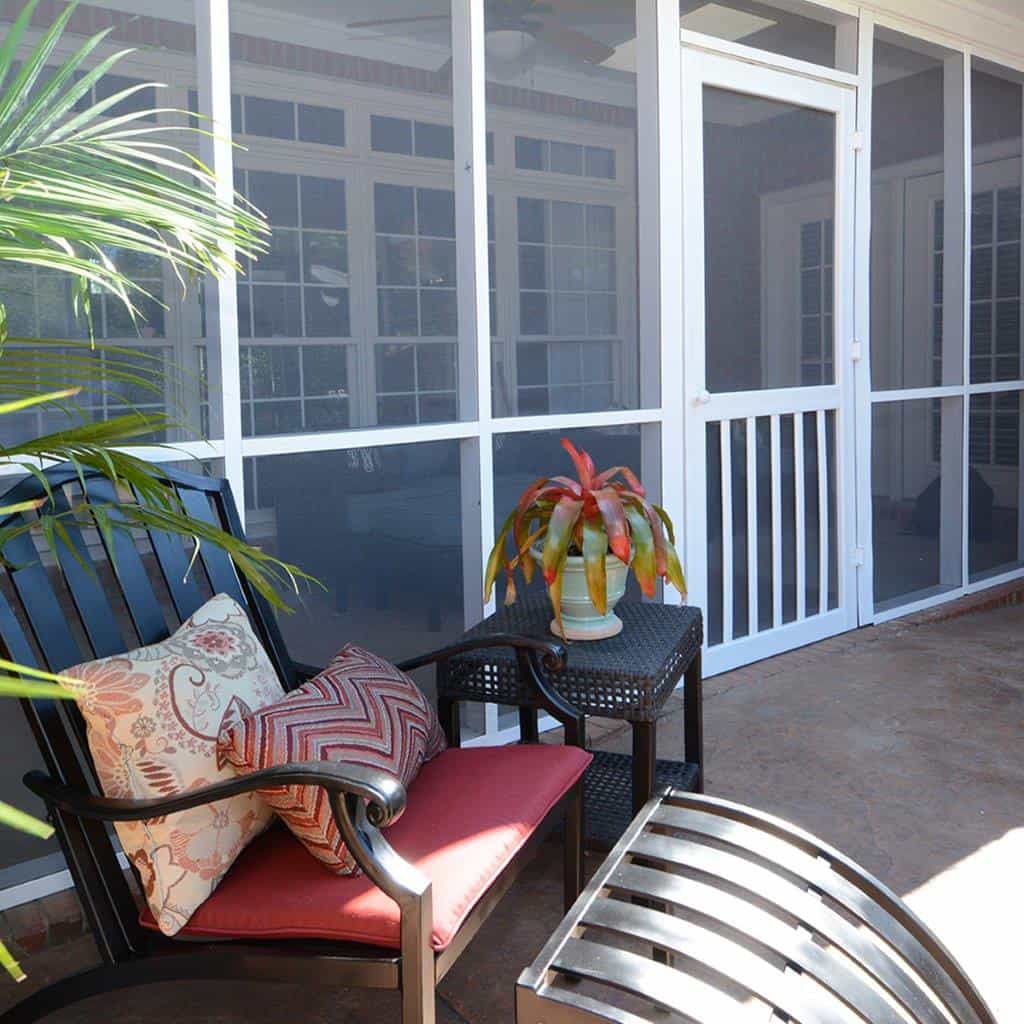
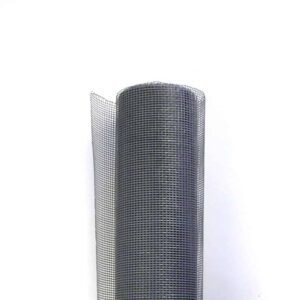
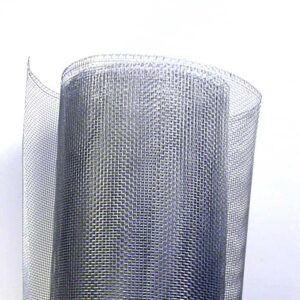
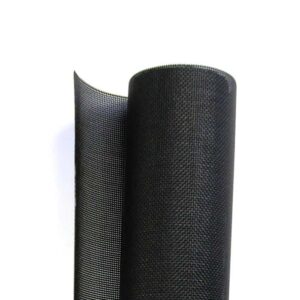
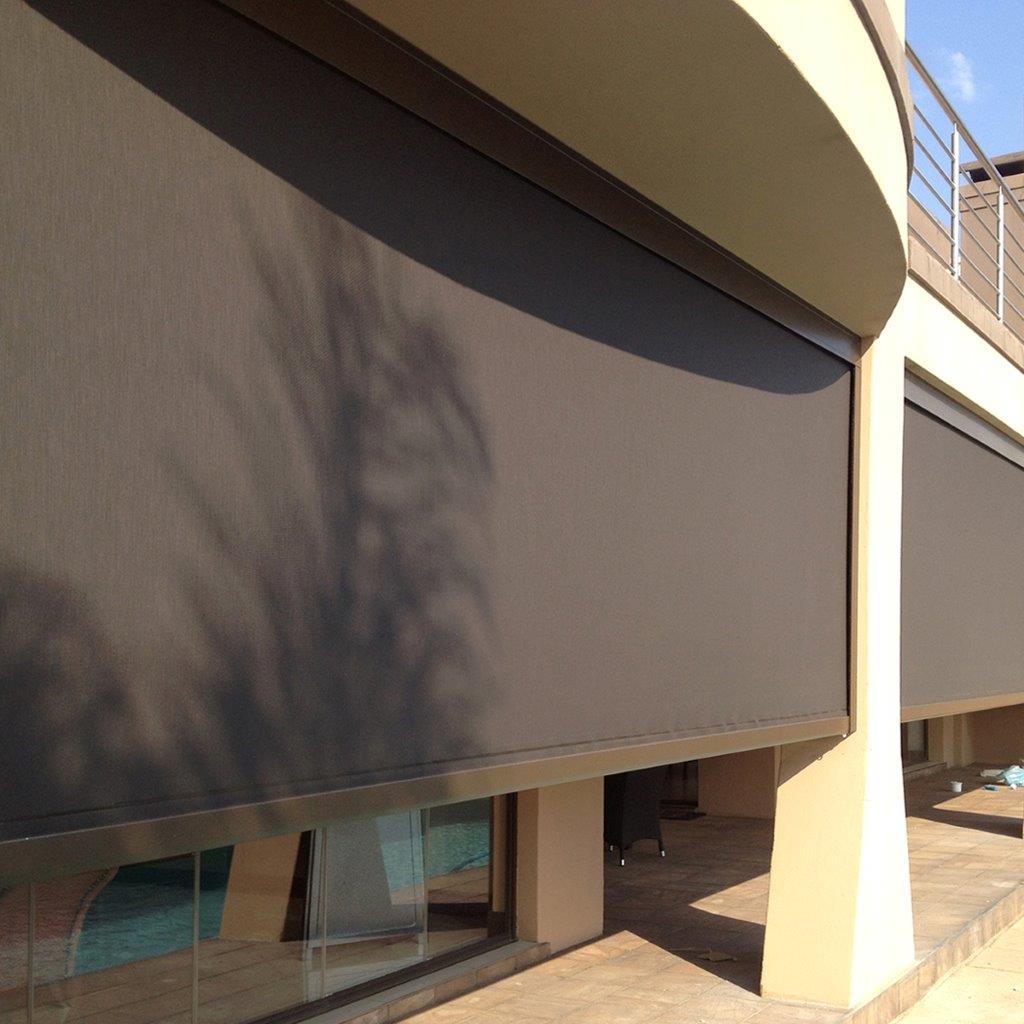
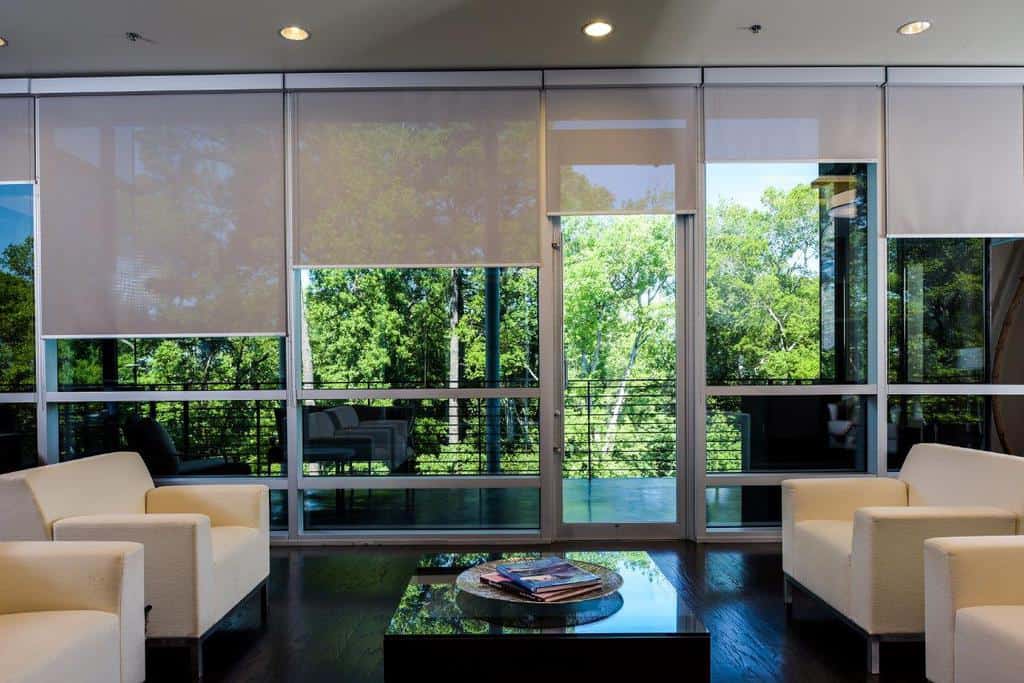
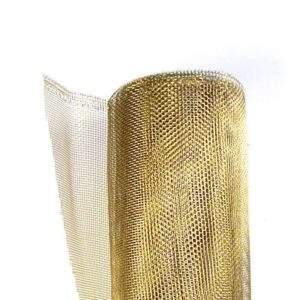
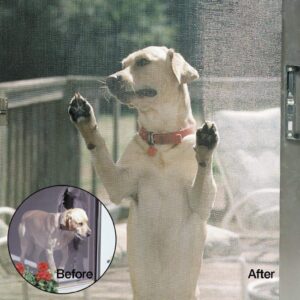
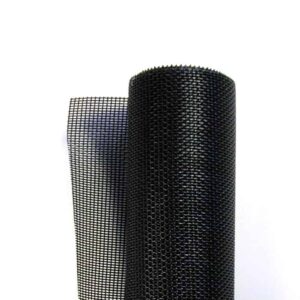
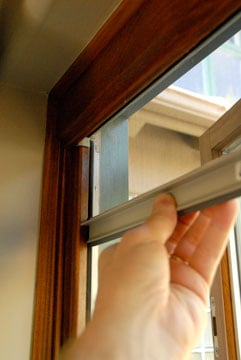
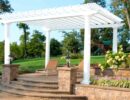



 Don Vandervort writes or edits every article at HomeTips. Don has:
Don Vandervort writes or edits every article at HomeTips. Don has:
